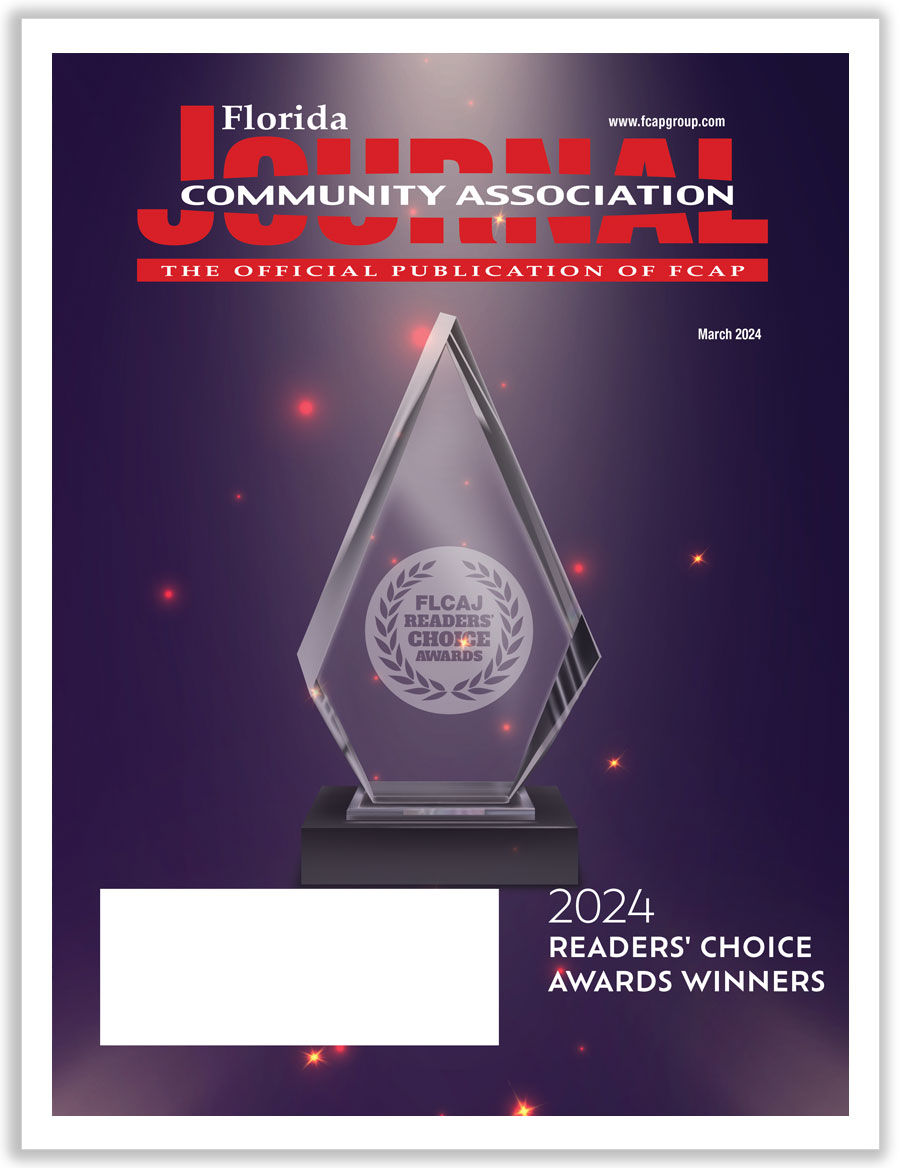
Get on Board the Success Train
Avoiding Board Derailment by Staying on Track
By Jeff Gay, AMS / Published May 2024

Board members are often their own worst enemy. In order to avoid common mistakes that tend to pop up unexpectedly, board members should follow a set of core principles or guardrails to prevent community issues from hijacking the good community enhancement work they do.
As guardians of their communities, board members within community associations shoulder significant responsibilities. From legal compliance to financial stewardship and community engagement, the role demands a multifaceted approach. Here’s a breakdown of key insights to empower board members in their governance journey. If board members can train themselves to anticipate problematic situations, they can enhance their reputations, develop a good community culture, and develop a proven track record of success.
Admitting Limitations and Embracing Learning
Board members should acknowledge the complexity of their roles. It’s essential to accept that no one knows everything about the law, community dynamics, or association governing documents. Embracing a mindset of continuous learning fosters growth and adaptability, enabling board members to navigate challenges with confidence and competence.
Leave a Proper Board Footprint
Minutes should be a record of what was done (motions) and action items for future meetings. Leave extraneous comments out of the minutes to protect your community today and tomorrow. Sometimes offhand comments reveal practices and board beliefs that could come back to haunt your community in the future. You owe it to your community not to leave a damaging footprint. Keep your minutes and community records accurate but lean.
Listening without Prejudice
Listening to community members is an art that demands empathy and impartiality. Board members should adopt a receptive stance, actively gathering information without passing judgment or making premature commitments. Open channels of communication foster trust and inclusivity within the community, empowering residents to voice concerns and contribute constructively to collective decision-making processes. The key to this insight is to develop a venue for addressing member suggestions that is not in the middle of a prepublished board meeting agenda. Stick to your agenda, and take suggestions after the meeting is over so as not to confuse agenda items with unofficial suggestions.
Financial Vigilance and Resource Assessment
A balanced financial approach is paramount in sustaining community vitality. Board members must regularly assess the association’s balance sheet, anticipated revenue, and projected expenses. The essence of community association work lies in balancing money versus manpower, a.k.a. the M&Ms. Evaluating resources—whether through low-cost vendors or volunteer labor—and weighing risks against rewards ensures fiscal prudence and operational efficiency.
Celebrating Community Positivity
Positivity breeds unity and resilience within communities. At each board meeting members should highlight positive community developments since the last gathering. Recognizing achievements and milestones fosters a culture of appreciation and camaraderie, reinforcing the collective sense of pride and belonging among residents. Give your residents something good to brag about to their nonresident friends. Your board meeting should not aspire to be all about negative items.
Guidance from Legal Counsel
Legal guidance is indispensable in navigating the complexities of community association governance. Board members should develop a comfortable relationship with their association attorney. When the board seeks regular counsel from legal and financial professionals, particularly concerning delinquency proceedings and compliance matters, they spread the decision-making risk among licensed professionals. This makes explaining complicated issues to your membership much easier. Understanding the legal landscape empowers boards to make informed decisions and uphold community integrity within the bounds of the law.
Transparent Decision-Making
Transparency is the bedrock of a healthy community culture. Board members should communicate the rationale behind decisions to foster understanding and trust among residents. Clarifying the “why” behind each decision promotes transparency and cultivates a culture of accountability, ensuring alignment between board actions and community expectations.
Mastering Board Mechanics
Understanding the mechanics of board operations is essential for effective governance. Board members should delineate the processes for decision-making, distinguishing between motions requiring board approval and matters necessitating membership votes. Prudent financial management—including assessing cash flow, abiding by budgetary constraints, and setting an appropriate approval level amount for routine expenses—ensures sustainable resource allocation and operational continuity.
Embracing the Realities of Community Management
Accepting the realities of community association management is key to maintaining perspective and resilience. From routine maintenance challenges to member expectations and compliance issues, board members must navigate a myriad of responsibilities with pragmatism and equanimity. Recognizing these universal truths enables boards to focus on strategic priorities and uphold the community’s long-term well-being. Common issues that every community faces are as follows:
- Landscaping declines
- Gates break
- Parking causes issues
- Some homeowners will not be nice during board meetings
- People do not always pick up after their pets
- Bulk landscapers occasionally create ruts in the sod
- Homeowners forget to apply for their architectural modifications
All of these are common concerns that board members deal with. The trick is not to let these issues overtake the larger vision for the community. Boards should manage these issues but not let these issues manage them.
In conclusion, effective community association governance hinges on proactive leadership, transparent communication, and a commitment to continuous improvement. By embracing these core principles and navigating the complexities of board membership with diligence and foresight, board members can nurture thriving communities where residents are not consumed with negativity. Your goal is to create a community that allows homeowners to focus on community camaraderie.
Jeff Gay, AMS
Director, Leland Management
Jeff Gay is Sarasota director, LCAM, CMCA, AMS. He can be reached at 941-866-6752, email JGay@lelandmanagement.com, or visit www.LelandManagement.com.




